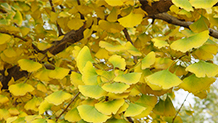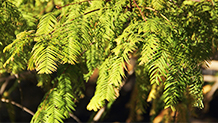| 作 者:Li FF, Gao K, Oduor AMO, Jinfang Zhu JF, Liu XY, Li JS,Zhao CY |
| 影响因子:2.9 |
| 刊物名称:Biological Invasions |
| 出版年份:2024 |
| 卷:26 期:(5) 页码:1535-1559 |
论文摘要:
Understanding the ecologicalevolutionary processes of invasive plants is a major goal in ecology. Invasive plant species often exhibit intraspecific phenotypic clines along geographicclimatic gradients, indicating potential adaptive evolution through spatial variation in selection regimes. However, rarely have genetic studies of biological invasions employed population genomics together with quantitative trait analysis to robustly test the role of adaptive evolution in alien plant invasiveness. We employed Restriction site-associated DNA sequencing (RADSeq) population genomics to analyze 17 populations of the invasive plant Spartina alterniflora in China. Our main goals were to test whether: S. alterniflora exhibits latitudinal clines in traitsgenetic diversity; climaticsoil factors correlate with genetictrait variation;natural selection drives trait variation. Significant correlations existed between genetic diversityquantitative traits of S. alterniflorathe three climatic regions (northern, mid-latitude,southern) where the invader occurred. Basal diameter, spike-like branches, observed heterozygosityallele frequency exhibited significant latitudinal clines. A total of 3, 310 SNPs showed a clear genetic structure among populations in three climatic regions (northern, mid-latitude,southern). Positive correlations between genetic differentiationvariation in reproductive traits suggested the heritability of these traits. Outlier loci identified by both principal component analysis (PCAdapt)latent factor mixed model (LFMM) were significantly correlated to soil nitrogen contentprecipitation. These results provide evidence of molecular signatures of local adaptation of S. alterniflorasuggest that rapid adaptive evolution may facilitate the invasiveness of S. alterniflora in China.
DOI:10.1007/s10530-024-03267-9










